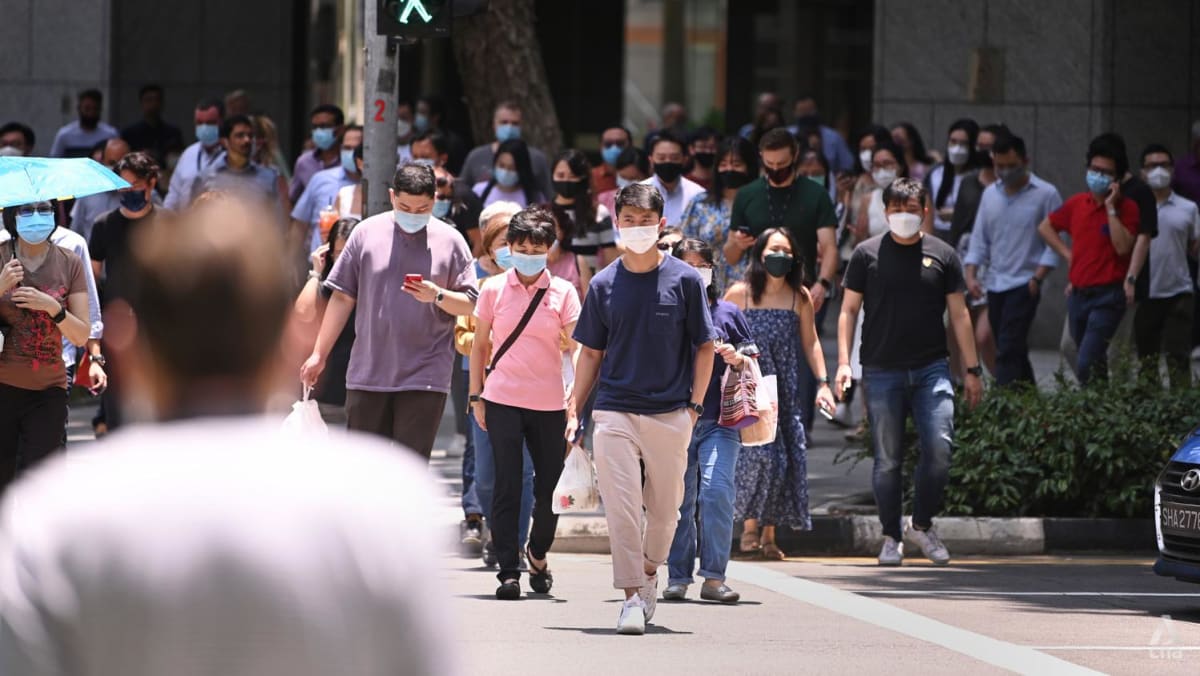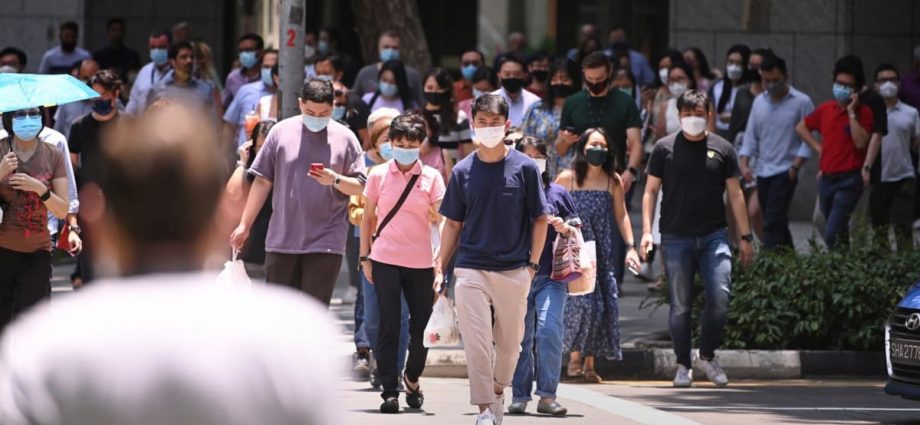
SINGAPORE: Median household income in Singapore grew 0.2 per cent in 2022 after accounting for inflation, in figures released on Thursday (Feb 9) by the Singapore Department of Statistics.
Among resident-employed households, median monthly household income from work grew by 6.1 per cent in nominal terms, from S$9,520 in 2021 to S$10,099 last year. But after accounting for inflation, the gain translated to 0.2 per cent.
For each member of the household, the median income from work per person rose 8.6 per cent from S$3,027 to S$3,287. In real terms, after accounting for inflation, this is a 2.6 per cent increase.
The rise in median income per person is larger because household size fell from 3.32 to 3.27.
All income groups saw a rise in real median income per household member, but there was a dip of 1.3 per cent for the top 10 per cent of earners.
Meanwhile, households in the first nine deciles saw real income growth of 1.1 to 10.1 per cent, with lower income groups experiencing larger increases.
Income inequality fell with the Gini coefficient dropping to 0.437, from 0.444 in 2021.
After adjusting for government transfers and taxes, the Gini coefficient in 2022 is 0.378, the second lowest on record.
The Gini coefficient, a measure of income inequality, is equal to zero in the case of total income equality; a value of one means total inequality.
This is as government transfers rose in 2022, with resident households getting S$5,765 per household member on average in 2022.
This was higher than the $5,257 received in 2021, due to support measures to cushion the impact of the GST rate hike and inflation.
Those staying in HDB 1- & 2-room flats continued to receive the most government subsidies, at S$12,189 per household member on average.

